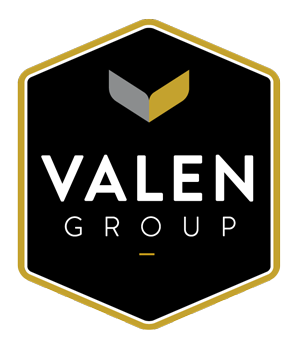Great innovation management requires the right people, this factor is the most critical to improve results. Next, is that within the organization innovation management and leaders foster the right culture (and environment). Thus, when you are seeking to improve innovation results, the process and tools that are implemented should be done within this context of ensuring the right people and right environment are in place.

Right People.
Innovation is doing new things that create value for the organization. In many cases, innovation is hard because to do new things we must create something. Creation or discovery, when observing, might look quite random at times and can be serendipitous in many cases. Doing something new also means that change is involved which is uncomfortable for a profitable, large organization with structure that has provided significant returns and value in the past. Innovation management should look for team members who are open to new ideas and environments. These are the innovators who find insight and leverage stimulus that helps them think in new ways. It is because of the openness of our team members, and the freedom given by innovation management who sponsor these efforts, that an organization is more likely to result in breakthrough innovation solution. Openness is one of the factors that we consider when assessing team members. Another factor is flexibility, because the problem-solving skills necessary to generate ideas are different from the skills to assess the feasibility or value of a concept, solution or new business model. It is important that your consulting firm partner has methods to manage and assess these skills so you get the best results from your innovation teams. We have an innovation management solution to assess each team member’s problem-solving thinking style that helps them learn their preferred methods and how to recognize the various methods needed as we go from concept to execution, vastly improving team results.
Right Process.
Innovation process is critical to allow for the evolution of a concept. A good process doesn’t allow leaders to skip steps. Many times, the first idea is just that; a starting point. Falling in love with a certain strategy, concept, business model or innovation solution creates bias and many times the process while well designed with check-ins or gates from senior management, only creates what we call left to right inertia (think stage gate.) The innovation process approach we see the most have basically three steps which are to 1). identify the solution, 2). develop it and 3). execute it. The processes are similar to basic flow of stages such as: Concept, Development and Go-to-Market. There can be additional steps before Go-to-Market such as Validation but that is really just finalizing developing or creating the solution. However, by making concept or solution development a step, it limits the ability to iterate and promotes the idea that a solution or innovation itself is an event not a continual improvement and refinement of a concept. Top innovation consulting firms are always creating the solution, and iterating not focusing on siloed steps that puts pressure on moving from concept to market. Similarly, you can view our approach to innovation which is called Collaborative Innovation where “create” is not a step but a continual iteration throughout the process.
Right Environment
The right environment is really about the right culture, decision-making authority, incentives and more. Too many times the culture is about deferring to the top leader overseeing innovation efforts. A typical stage-gate or gated process is designed for top executives to check-in and decide if the concept is ready to move to the next step, such as moving to the prototyping stage prior to the development. However, this linear thinking approach we have covered in process shortcoming, but it is also that it props up a leader and many times that leader feels forced to decide, leaving teams to defer to leaders in likely gray area decisions where the correct answer isn’t to rush to market but test multiple models or solutions using methods like lean startup that promote iteration in creation of solutions and continual learning. Innovation management environments that foster this type of iteration and learning are found within the more successful companies.













